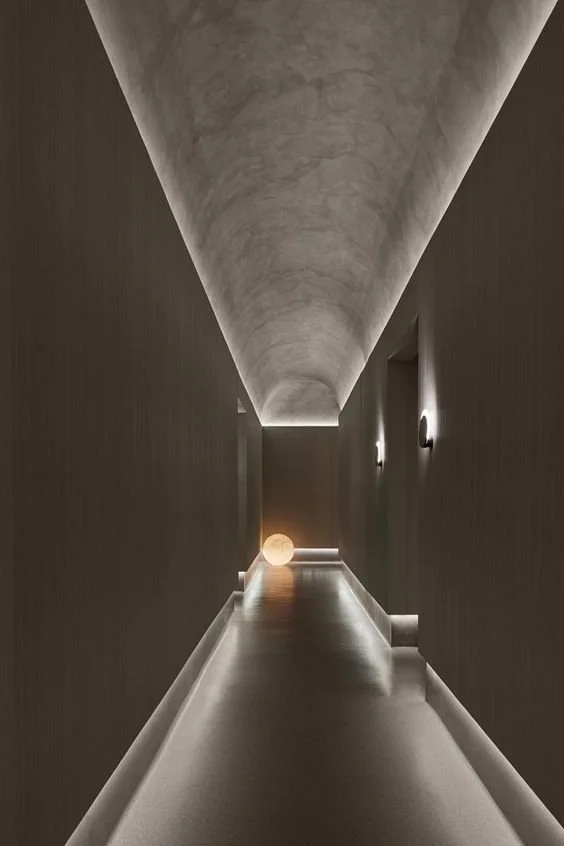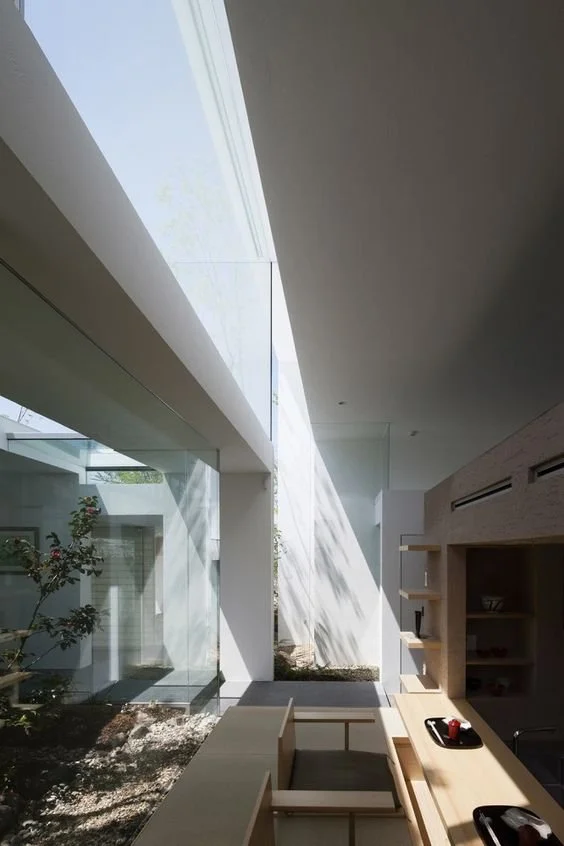Common Mistakes Architects Make in Designing Architectural Lighting: Avoid These Pitfalls to Elevate Your Projects
In the dynamic world of architecture, lighting design is a critical element that can make or break a project. Despite its importance, many architects overlook key aspects of lighting design, leading to common mistakes that can detract from the overall impact of their work. This blog delves into these pitfalls and provides insights on how to avoid them, ensuring your architectural projects shine in all their glory.
Overlooking the Importance of Layered Lighting
The Mistake
One of the most frequent mistakes is relying solely on a single type of lighting. Many architects default to ambient lighting without considering the multifaceted needs of a space.
The Fix
Embrace a layered approach by incorporating ambient, task, and accent lighting. This not only enhances functionality but also adds depth and dimension to your designs. A thoughtful approach to lighting can transform spaces into vibrant, dynamic environments.
Ignoring the Impact of Natural Light
The Mistake
Neglecting natural light is another common oversight. Failing to consider how daylight interacts with your space can lead to excessive reliance on artificial lighting, increasing energy costs and diminishing the occupant experience.
The Fix
Incorporate natural light thoughtfully into your designs. Use windows, skylights, and reflective surfaces to maximize daylight. This not only reduces energy consumption but also creates a healthier, more inviting atmosphere.
Misjudging Color Temperature
Misjudging Color Temperature
The Mistake
Architects often underestimate the importance of color temperature, leading to spaces that feel either too cold and clinical or overly warm and uncomfortable.
The Fix
Select lighting with appropriate color temperatures for different areas. Cooler temperatures (4000K-5000K) work well in workspaces to enhance concentration, while warmer temperatures (2700K-3000K) are ideal for relaxation areas. Balancing color temperature can significantly enhance the ambiance and functionality of a space.
Overlooking Human-Centric Design
Overlooking
Human-Centric Design
The Mistake
Failing to design with human-centric principles in mind can result in lighting that does not support the well-being and productivity of occupants.
The Fix
Prioritize human-centric lighting solutions. Implement dynamic lighting systems that adjust to natural light patterns, supporting circadian rhythms and enhancing mood. Integrating human-centric design is essential for creating spaces that resonate with occupants.
Underestimating the Role of Smart Lighting
The Mistake
Ignoring the potential of smart lighting technology can leave a project feeling outdated and less functional.
The Fix
Integrate smart lighting solutions that allow for customization and automation. Smart systems can adapt to user preferences and environmental conditions, providing both convenience and energy efficiency. Incorporating smart lighting keeps your projects ahead of the curve.
Neglecting Sustainability
The Mistake
Overlooking sustainability in lighting design can lead to higher energy consumption and a negative environmental impact.
The Fix
Choose energy-efficient lighting options like LEDs, and consider incorporating solar-powered solutions and daylight harvesting. Sustainable lighting not only benefits the environment but also enhances the marketability of your projects.
Conclusion
Architectural lighting design is a nuanced art that requires careful consideration and strategic planning. By avoiding these common mistakes, architects can elevate their projects, creating spaces that are visually stunning, functional, and human-centric. Mastering the art of lighting design is essential for achieving success in the field of architecture.
Illuminate your projects with the right lighting design, and watch them transform into extraordinary spaces that captivate and inspire.



